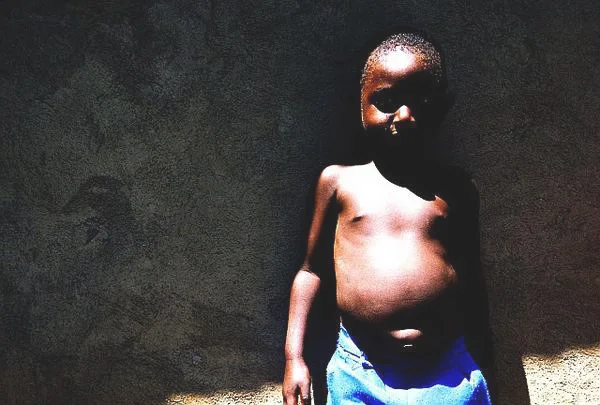WHAT IS THE PROBLEM?
It's no secret that Sub-Saharan Africa (SSA) is facing an ever-worsening food insecurity and environmental crisis. Although the region is endowed with an unparalleled base of land, water, and other agricultural resources adequate to produce sufficient food to satisfy its own needs and more, many SSA countries continue to live a never-ending cycle of poverty, hunger, malnutrition, and environmental degradation. It is the only major region of the world where the number of people living in extreme poverty is increasing.
The main causes of this situation are well known: rapid population growth, lack of accumulated knowledge, and environmental degradation. So what are we missing? The culprit of extreme poverty and food insecurity in SSA is actually the continued practice of subsistence agriculture. Subsistence agriculture means the reliance upon rainfall, and is practiced in 95% of SSA. This root cause is the most important factor in the subcontinent.
Many international agencies, NGOs, individuals, and governmental agencies have proposed development plans to minimize or eradicate extreme poverty, hunger, and malnutrition in SSA countries. However, despite their commendable efforts, the subcontinent's food insecurity still persists. In fact, crop yield increases have been stagnant in SSA for the past several decades while substantially increasing in all other major regions of the world.
Another popular development approach has been assistance to small rural farmers in the form of input subsidies and donations. This has proven to be a high-cost solution that typically yields only temporary increases in farm production. In the long run, these applications do little to sustainably achieve surplus crop production. They also fail to address farming- and ranching-related land and resource degradation; the mismanagement of the environment and rural watershed resources; and rapid uncontrolled population growth.
Confronted by these problems and more, SSA faces a bleak future of starvation and social collapse if they continue down their current path. As the population in Africa increases exponentially, so does the pressure on the continent's natural resources. And as lands are cleared and the environment degrades, we continue to deplete some of the largest forests in the world.
The issues that these factors present threaten not only Africa, but the entire planet and its inhabitants. And until SSA moves away from subsistence agriculture, these problems will persist.
